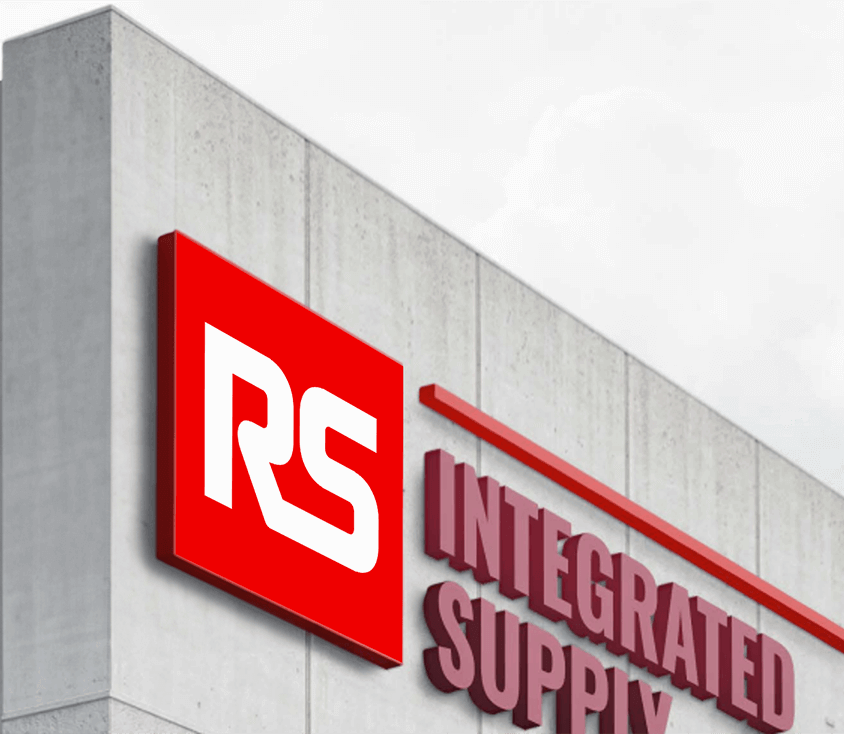Published on
Read time: 3 minutes

The challenge
How important is the standardization of processes to the MRO supply chain? For one life sciences company, an aggressive growth-through-acquisition strategy exposed and even created a lack of standardized processes across the supply chain.
The acquisitions meant that plants now working together, or at least coordinating production, were dealing with different processes and systems – ERP and maintenance alike – leading to increased production costs.
Initial engagement with an integrated supply provider involved two U.S. sites with limited processes in place to manage the MRO supply chain. No reliable means for tracking purchasing history or inventory beyond Excel spreadsheets existed.
At one site, encompassing three buildings, there were 16 different storerooms, all with unrestricted access. A site assessment revealed that maintenance technicians were spending 25% of their time on tasks related to sourcing, purchasing, stocking, and managing inventory. That wasted time translated to tens of thousands of dollars lost in actual maintenance. That same site also reported no:
- Dedicated storeroom resources
- Min/max values
- Standard storeroom metrics
- Critical spares identified
- Equipment asset lists or bills of materials
Additionally, poor data contributed to 15% of materials being out of stock when needed. That resulted in additional resources spent using P-cards and expedited freight to sustain production.
Adding to the challenge was the lack of confidence in newly installed CMMS software. More than 8,000 SKUs existed in the system with an estimated 4,000 more items scattered throughout the plant.
Finally, Accounts Payable using different software meant that all requisitions and purchase orders had to be manually created in the second system.
And that was one site. A comparable situation was reported at the second site.
Combined, the two sites had an estimated $4 million in annual MRO spend.
The solution
Gaining control of MRO at both plants took time and patience, starting from the ground up.
RS Integrated Supply broke down the existing storerooms, conducting wall-to-wall inventory of all parts, building a data file necessary for world-class MRO supply chain management, establishing min / max levels, setting KPIs against which performance could be measured, and creating a single hub where materials were received and issued.
Data was entered into SYNC™, our proprietary supply chain software system, and later integrated to the client’s accounts payable system.
Meanwhile, existing suppliers were introduced to the integrator and new suppliers leveraged to reduce overall spend, delivering hard savings almost immediately.
All of it was accomplished while sustaining plant operations without any stock outs of critical spares.
…as improvement plans were initiated, savings mounted, topping more than $600,000 in the first full year, exceeding previous earned savings – pre-integrator – by more than 10 times.
The results
Each site was brought online in the same manner, using the integrator’s standardized practices.
Initial ramp up took months, but as improvement plans were initiated, savings mounted, topping more than $600,000 in the first full year, exceeding previous earned savings – pre-integrator – by more than 10 times.
Inventory fill rate consistently surpassed the monthly goal of 98%, while non-stock on-time delivery rates also beat the established goal of 95%.
The savings convinced the client to roll out additional sites, including multiple locations in Canada. Several of those sites replaced incumbent service providers that were failing to meet expectations.
Today, the client relationship has expanded to 11 sites, with more than 30 employees managing a combined annual spend of more than $15 million with an inventory valuation of over $26 million.
To date, initiating a standardized supply chain management program has netted the client $5 million in savings.




